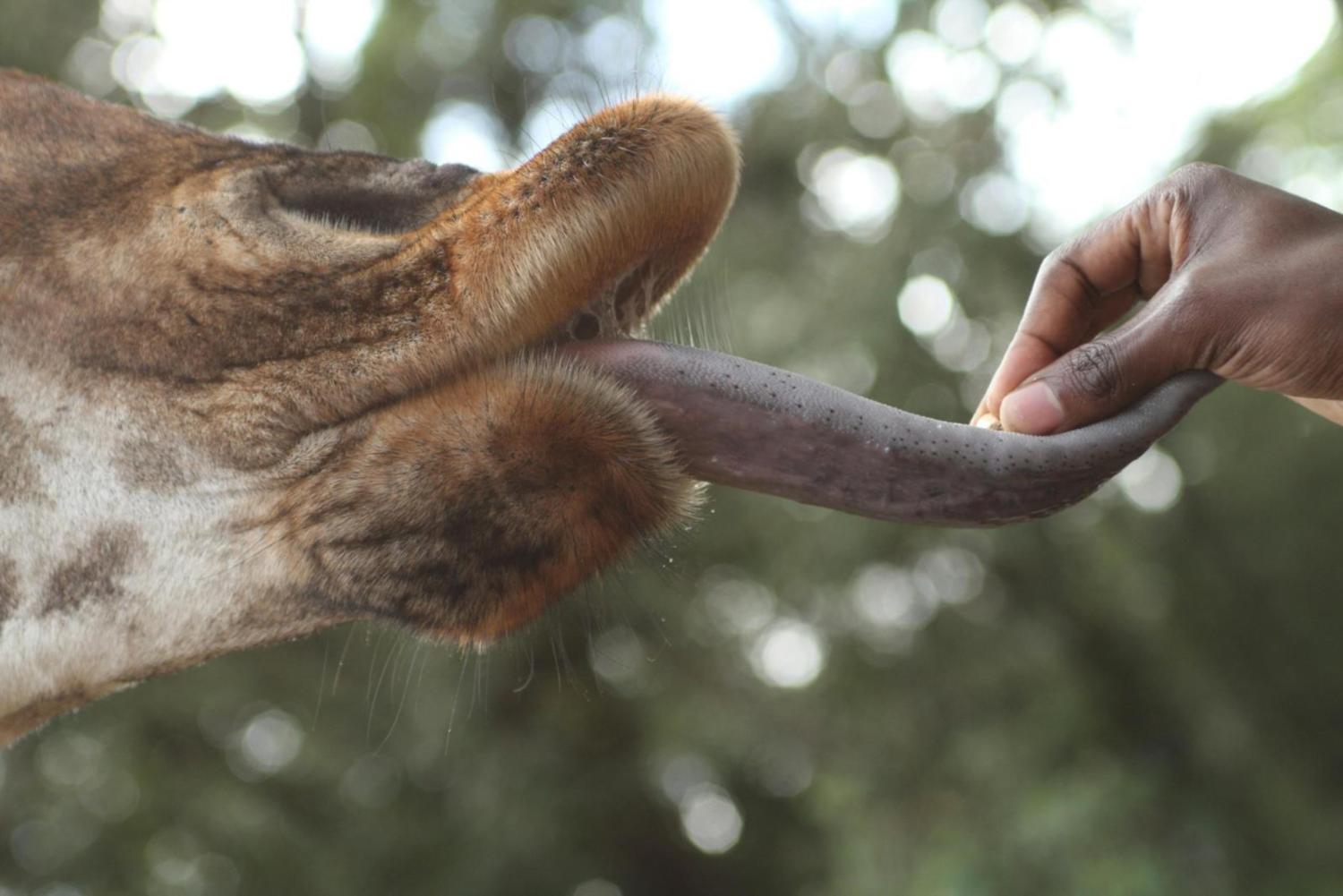We design shelter for creatures big and small: lions, lemurs, giraffes, bats, and even dwarf mongoose. But there’s a catch: building codes were written for humans. That means animal habitats, barns, and veterinary spaces must meet standards meant for offices and homes, not bat colonies or giraffe tongues.
Take Title 24 lighting controls. The same energy rules that apply to a classroom also apply to a dwarf mongoose home the size of a side table. And when we design for lemurs, who have the time, dexterity, and curiosity to open any door, we have to think beyond standard handles.
Every project requires balancing animal needs with human safety, operations, and comfort. Lions need special entry and exit for keeper safety. USDA containment rules govern many “front-of-house” and “back-of-house” spaces. Giraffe barns require heat systems that work for 30-foot-high ceilings AND lights and fans placed not just above their 18-foot-high heads, but also out of reach of the additional 2 feet they might extend their tongues!
And then there’s the practical side: How do you replace a lightbulb safely when it hangs over a lion’s head? How do you store everything from frozen carcasses to fresh produce in the same commissary with live mice and cockroaches?
The answer is collaboration and creativity. We work closely with zookeepers, who know every animal’s quirks, and with partners like sh|r Studios, who bring resourceful, detail-oriented design thinking to every project. Together, we create spaces that feel natural for the animals, enjoyable for the humans who care for them and engaging for the guests who’ve come to visit.
We can’t wait to swap stories about designing for lions, lemurs, and everything in between at the 2025 Association of Zoos and Aquariums Annual Conference in Tampa, and to meet others just as wild about animal care and conservation as we are.





